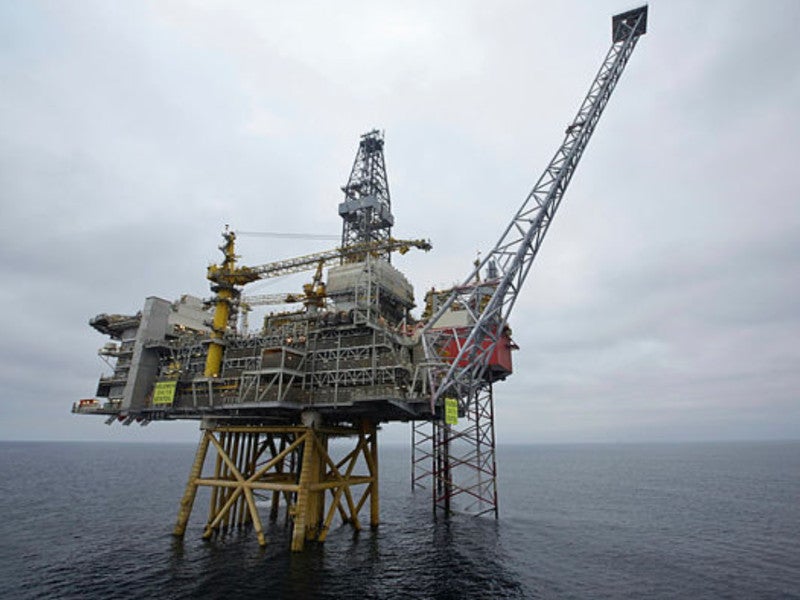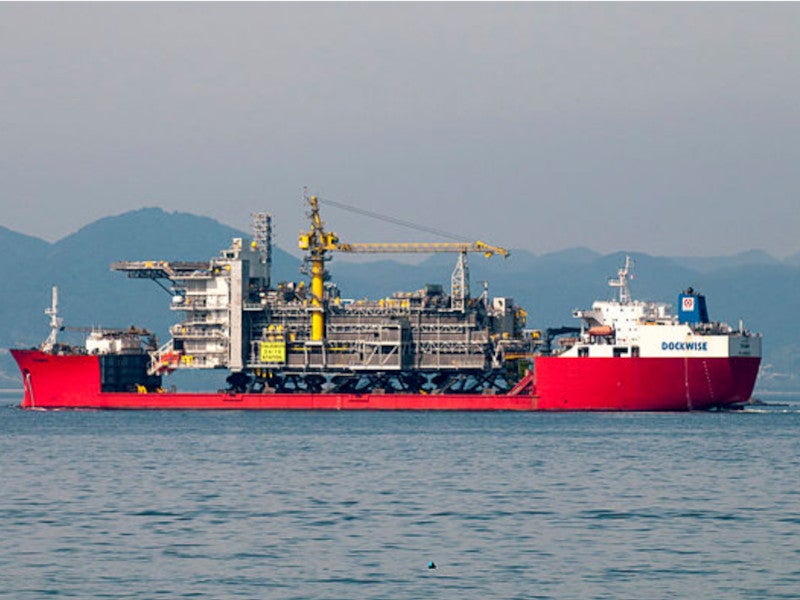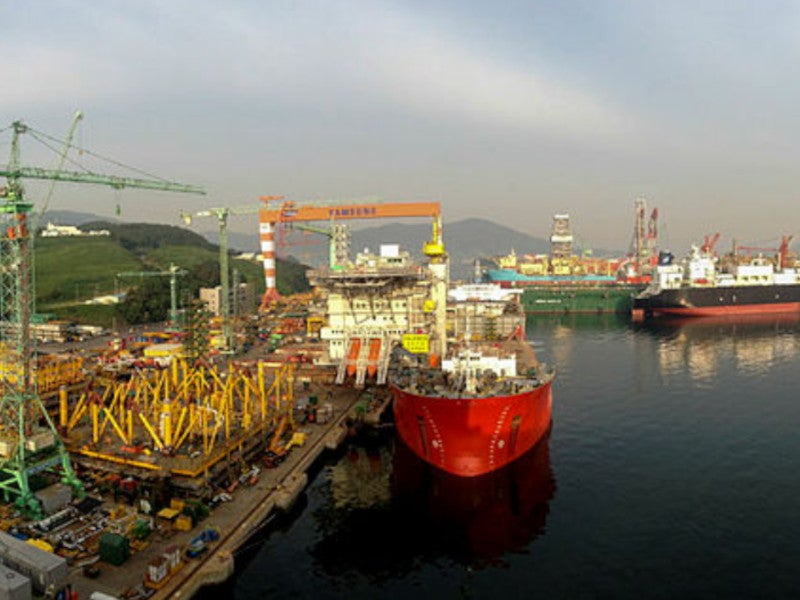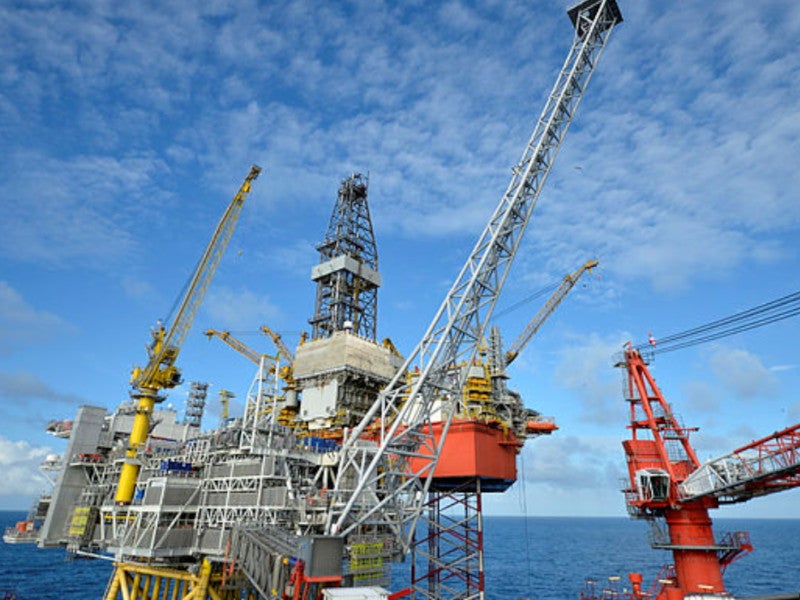The Valemon field is located between production licences 050 and 193 in the Norwegian Sea. The gas and condensate field lies at a water depth of 135m, approximately 160km west of Bergen.
It is operated by Equinor Energy (66.775%). Other stakeholders in the field include Petoro (30%) and PGNiG Upstream Norway (3.225%). The partners invested about Nkr22.6bn ($2.77bn) in the field development.
Statoil, now Equinor, submitted a development plan for the Valemon field in October 2010 and received state approval in June 2011.
First production from the field was achieved in January 2015. Valemon is expected to produce approximately 18 billion cubic metres of gas, 0.2 million cubic metres of natural gas liquids and 2.3 million cubic metres of condensate, according to the 2021 plan.
Valemon field discovery
The Valemon field was discovered in 1985 by the 34/10-23 well. Statoil confirmed the presence of hydrocarbons with the drilling of the 34/11-5 S exploration well in June 2006.
The well was drilled from the Kvitebjørn platform to a depth of 4,370m under the sea. The 7,380m-deep well was the longest high-pressure/high-temperature (HPHT) well ever to be drilled by Statoil.
Geology and reserves of the Norwegian well
Valemon extracts both gas and condensate from the Lower Jurassic sandstone within the Cook Formation, as well as from the Middle Jurassic sandstone located in the Brent Group.
The deposit exhibits an intricate structure characterised by numerous fault blocks. The reservoirs are situated at depths ranging from 3,900m to 4,200m and are characterised by HPHT conditions. The field is estimated to contain 192 million barrels of oil equivalent.
The reserves make Valemon one of the biggest undeveloped gas fields in the North Sea.
Development details
The Valemon field was placed on fast-track development in May 2010. The partners planned to carry out further development work on the field, but scrapped.
In July 2012, the Petroleum Safety Authority Norway permitted Statoil to use the West Elara jack-up rig for drilling on the Valemon field.
The field was developed using a fixed steel platform. Ten production wells and two injection wells were drilled from the unstaffed platform in 2017.
The second drilling campaign, comprising four new production wells, commenced in 2021, due to a significant decline in the estimated recoverable volumes. By mid-2023, all four wells were operational and are contributing to production.
Valemon field platform and production details
The Valemon platform consists of a steel jacket and features separation facilities for gas, condensate and water. The 160m-tall steel jacket of the platform was installed at the field in June 2012.
The jacket weighs 9,000 tonnes and is installed at a water depth of 135m. It has a footprint of 45m x 45m, with its top measuring 26m x 30m.
The topsides feature amenities for the partial processing and export of unstabilised condensate and rich gas.
The platform includes an eight-storey living quarters building featuring a helideck. The building accommodates 40 single-bed cabins, a medical facility, a control room, and other facilities.
Statoil envisaged a basic separation and export strategy for the field.
The hydrocarbons produced are separated at the Valemon platform into rich gas and condensate.
Since the Valemon field is located close to the Kvitebjørn and Gullfaks South fields, their existing infrastructure is used for production in the Valemon field.
The gas produced in the field is sent to Kvitebjørn for processing. Rich gas is transported to the Kollsnes terminal through the Kvitebjørn Gas Pipeline, for further processing while a separate pipeline, linked to the Troll Oil Pipeline II, transports condensate to the 203,000 barrels of oil per day Mongstad refinery near Bergen.
The Valemon platform was the first remotely controlled platform operated by Equinor.
Contractors involved
Alliance Engineering completed the feasibility study for the fixed jacket platform for the Valemon field in 2008.
Alliance, a unit of the John Wood Group, conducted pre-front-end engineering design (FEED) for the platform’s jacket and topsides.
Heerema Vlissingen, a unit of the Heerema Fabrication Group, was awarded the contract in October 2010 to construct and install the steel jacket for the Valemon platform, following a FEED study by HFG Engineering Europe, another unit of Heerema Fabrication Group.
Statoil awarded Samsung Heavy Industries (SHI) an EPC contract valued at Nkr2.3bn in May 2011 to construct the topsides, including living quarters.
Hertel Marine was subcontracted to design and construct the living quarters for the Valemon field in June 2011.
SHI subcontracted Technip in November 2011 to provide detailed engineering, procurement engineering, and follow-on engineering support for the platform’s topsides. Samsung subcontracted Grenland Group for detailed engineering and construction of the topsides.
Technip won another contract in February 2012 from Statoil for the installation and tie-in of spools and power cables at the field.
IKM Ocean Design secured the contract to design the new pipeline, with Vulcan SFM supplying cast-nodes for the Valemon jacket. Saipem completed the topside installation in July 2014.
Parker Hannifin was contracted in May 2012 to design, manufacture, and supply 1.5km of subsea power cable (24kV) with built-in fibreoptic communication lines.





